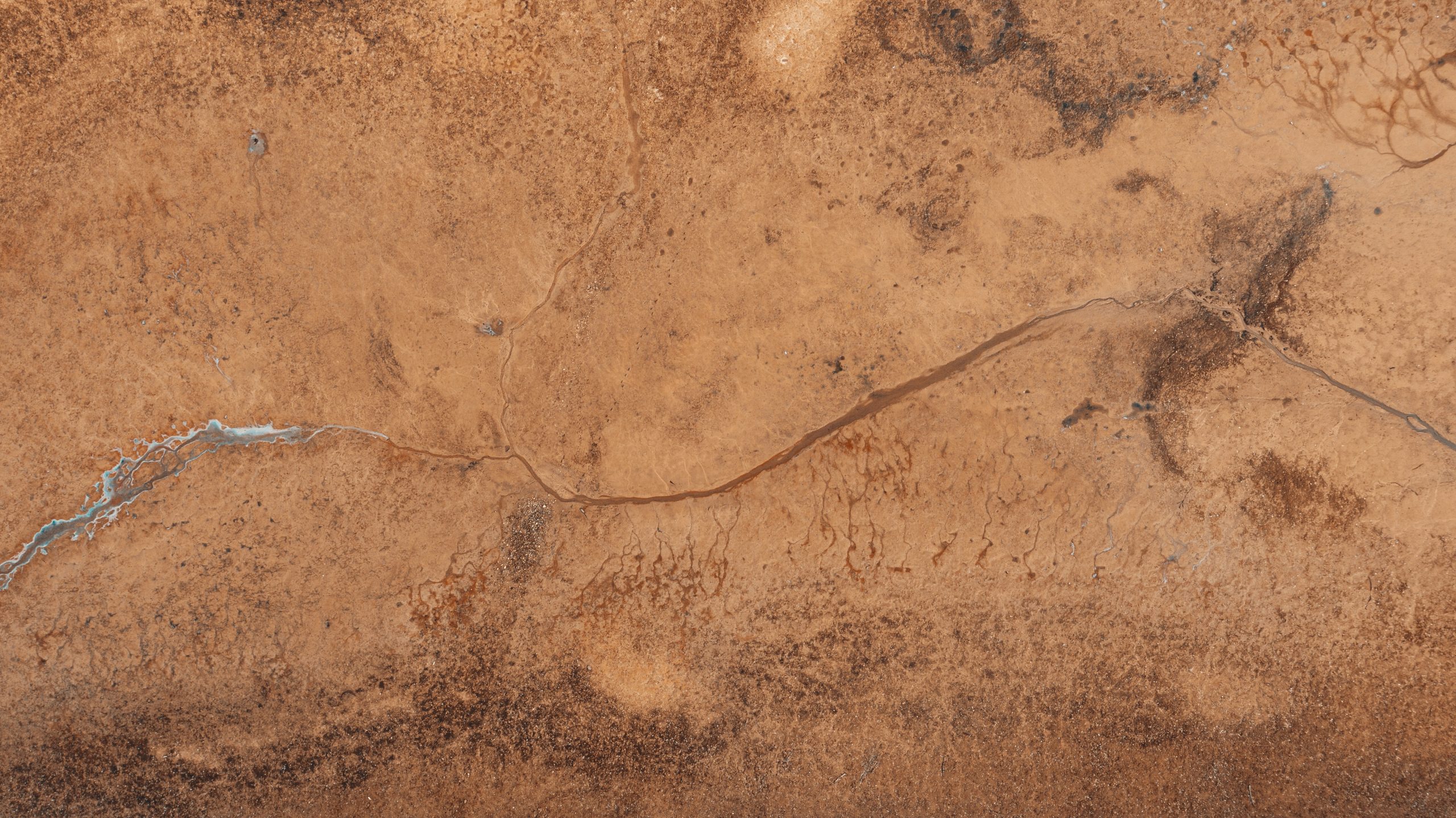Small water leaks can leave yellowish-brown water spots on ceilings and walls. After you have fixed the source of the leak, the stain must still be addressed. This guide will show you how to remove water spots from ceilings and walls.
How to Fix Water Stains on Ceilings and Walls
Water stains are yellowish-brown marks that form when water is leaking dry. These spots are often caused by slow plumbing leaks from the toilet or faucet. The area can dry because the water dripping only occurs when the fixture is turned on. These steps will help you fix water spots on ceilings or walls that are more than two feet in diameter.
1. Locate and fix the leak
You must first find the source of the water stain and fix it. The stain will continue to return if it isn’t fixed. Water stains on ceilings are usually caused by a leaky toilet on the floor or a sink on the ceiling.
The problem might be fixed by simply tightening the water hose or changing a gasket. Some repairs may require more work. Water stains on walls, for example, can be more difficult to locate. To find the leak, you may have to open the wall.
Skip to step three if you are only looking to remove old water stains.
2. Dry the stain completely
After the leak has been fixed, high-volume fans or drying dehumidifiers can be used to dry the area. Two fans should be pointed at the wall from opposite directions with the dehumidifier between them.
Use a ladder or scaffolding for drying the ceiling. The fan can be lifted up using a ladder and pointed directly at the stain.
It can take up to 24 hours to dry completely depending on how large the water stain is.
3. Get rid of any loose material
To remove any paint or wall material, use a putty knife or painters’ knife to scrape away the stain. It doesn’t matter if you work quickly or apply too much pressure.
The blade of the painters’ knife should be held flat against the ceiling or wall. Next, run the knife back and forth along the stain. You should only scrape off any material that is damaged.
You don’t want too much material to be removed. This will increase the repair cost and take longer.
4. Bleach the stain to remove it
You should disinfect the stain using bleach, as water can cause mold. Use one cup bleach to 1 gallon of water. Then, use a rag to wipe the stain clean. Allow the area to dry and then use the bleach to clean it.
Before wiping down the stain, make sure to thoroughly dry the rag. This will prevent the stain from getting on carpeting or furniture.
5. Repair the damage
You may need to use joint compound or drywall mud depending on the extent of damage. You can fill in any cracks or chips on the ceiling or wall with drywall mud or joint compound. Then, use a painters’ knife to smoothen them.
Allow it to dry, then lightly sand it so that it matches the wall. It may be necessary to repeat this process several times until it is smooth. Allow the mud to dry at least one day before you start painting.
6. You can paint over the water stain
You can also paint over the water stain. A stain blocking primer is recommended for best results. You can paint over the water stain using the primer and cover only the stained area.
Apply a second coat to the primer, spreading it out several inches in all directions. After the primer has dried, apply your topcoat.
You might be able paint a small area of stained wall and feather it into the ceiling or walls with darker colors. For a uniform finish, you can paint the whole wall with lighter colors.
Can You Paint Over Water Stains?
Water stains can be painted over, but you should fix the leak before you start painting. Paint can be applied to the stain for only a few days.
It’s possible that the paint will not cover the stain. This happens when the ceiling or wall is still damp when you paint over the stain. The paint won’t dry properly so it will just peel off or flake off.
You must first fix the leak and damage before you can paint over water stains. You can then paint over water stains if you follow the steps.
